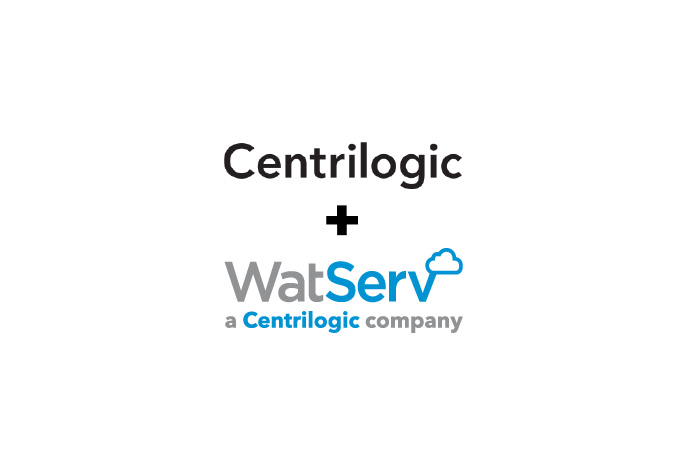Building A Cloud Migration Strategy That Avoids The Common Pitfalls
By Aleks Hara, Director, Cloud Service Sales
August 17, 2021
Whether you are still using your own data center, or have partially migrated to the cloud, it’s not easy to build a robust cloud migration strategy that recognizes the maturity of your present situation and how each company needs a slightly different solution. Every consultant and adviser will tell you that they have a solution, but what are the pitfalls you should be aware of before building a cloud migration strategy?
The global cloud infrastructure market service spend amounted to 47 billion US dollars in the second quarter of 2021. This is 12 billion US dollars more than in Q2 2020. The post-pandemic acceleration in digital transformation is leading many more companies to explore how to build a cloud migration strategy.
First, it’s worth recognizing that your migration is usually a continuum. You will be somewhere between an in-house data center and a completely cloud-focused environment. Your end goal may be a hybrid solution, rather than 100% cloud, so the ideal future state will not be the same for every company or system.
Second, there are pitfalls along this path that can be avoided by including some fairly simple steps and checks earlier on in the design of a cloud migration strategy. The business magazine Forbes recently published a useful guide to some of the most common mistakes made when planning these processes.

A summary of the six most common areas where mistakes can be captured early are:
- Decide on cloud service and deployment models. Not all cloud services or deployment models are the same. Are you building a coding environment or supporting an e-commerce store? Each type of business service may map to a different type of cloud service and deployment models may be affected by factors such as security or regulatory requirements.
- Think over the appropriate migration pattern(s). There are many different ways of migrating software to the cloud: relocate, rehost, re-platform, repurchase, refactor, retain and retire. During the migration process it usually makes sense to maintain a hybrid approach until you are comfortable with a final transition – rather than hoping a ‘big bang’ overnight transition will be 100% successful.
- Assemble a strong team. You need a strong team with the right skills. This could be in-house, if you have the capabilities to build a strong technical team internally, or you can appoint a partner to help with the cloud migration strategy and actual deployment.
- Design a migration road map. Milestones and deadlines should be agreed as a part of the initial cloud migration strategy. Key Performance Indicators (KPIs) can be used to track progress and ensure the migration is running as expected.
- Put the plan into action. The transition itself will require a lot of planning to ensure that backups are taken and you can safely and consistently transition to the new cloud-based environment. It’s important to test the integrity of your data after the transition to ensure it remains valid.
- Keep things under control. After the transition you now need to think about new ways of managing the network and all your applications – all those old processes are unlikely to work so plan for all these configuration and monitoring systems to be tested long before you actually need to use them.
This is great advice, but it is focused mainly on the areas that may go wrong later in the migration process. You need to plan a positive strategy that focuses on the future state of your network, but keep these points in mind so you don’t forget where the common mistakes are made.
The Watserv blog features an entire section dedicated to building a cloud migration strategy. These articles are written by our own experts and detail experience and advice from the frontline of many different migrations. Get in touch to speak to an expert.
About
WatServ is an IT solutions provider that helps organizations digitally transform through cloud technologies and managed services.
Serving clients as a trusted advisor since 2006, WatServ provides experience-tested, strategic solutions across all stages of the digital transformation journey. Clients choose WatServ to migrate infrastructure and applications to the cloud, secure critical data, implement disaster recovery, deploy virtual desktop, enable data-readiness for productivity solutions and manage IT environments.
Our clients span a broad range of industries, and we’re a global supplier of IT services for many Brookfield Portfolio Companies. To help our mid-size clients, we provide scalable offerings that simplify cloud adoption and drive business optimization. For enterprise clients, we co-create cloud solutions that enable stability and efficiency for complex IT tools and processes.
With more than 15 years of experience, WatServ has a track record of delivering quantifiable business results and a superior client experience. Ranked as one of Canada’s Top 100 Solution Providers for the last three years in a row, WatServ is always on.

